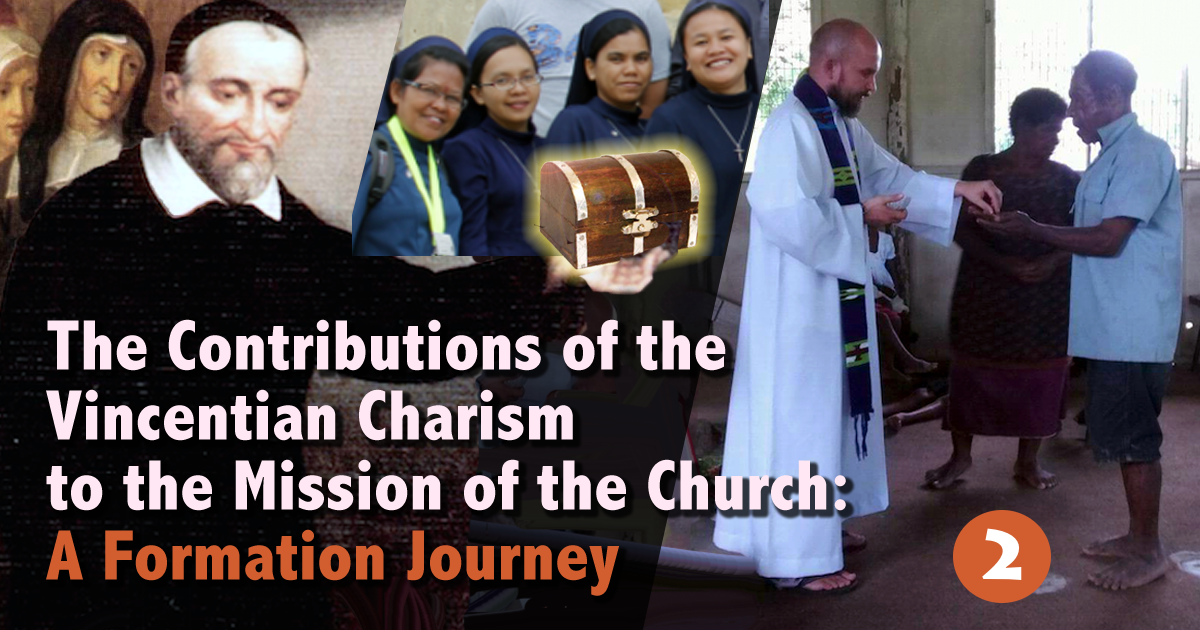This is the second of a series of formation packages meant for individual or group study which was previously introduced in “The Contributions of the Vincentian Charism to the Mission of the Church: A Formation Journey.” In that article, we also suggested a “Lesson Plan” for use in groups.

For those younger than 50, whether they realize it or not, their experience of the Church comes through the lens and practices of Vatican II. It is an important reality to be aware of as we try to make sense of the full history of the church in her first fifteen centuries, and her unusual last half millennium.
The first section in this series highlighted structural changes influenced by Vincent and Louise and their approach to living a life in common some 400 years ago. These structural changes were finally enshrined in Church law at the end of the 20th century under the title of “societies of apostolic life.”
The next two sections in this series of reflections look at the underlying and largely unarticulated intuition that motivated Vincent and Louise. They instinctively viewed Christian life from the perspective of a theology of mission: men and women who continue the mission of the Son of God.
“The monastic ideal prevailed in the Church for many centuries. Consecration to God, as expressed in a life of chastity, poverty and obedience, introduced faithful Christians to a state of perfection.”
Vincent and Louise believed more was at stake than individual sanctification and personal perfection. They, and their communities, lived in community for the sake of the mission. They were to draw strength from one another as they went out on this mission.
It took another three centuries for this to be framed in the theology of the church as articulated in the Second Vatican Council. Mission or evangelization is really at the heart of the Second Vatican Council.
In hindsight we can see this second section as describing what it meant for men and women to abandon an individualistic vision of faith and life.
In calling his community the Congregation of the Mission he stressed that they were called to a mission broader than themselves. They were to view their lives as a prolongation of the life and the mission of Jesus Christ, the Missionary of the Father, the Evangelizer of the poor. It constitutes an important contribution of the Vincentian charism to the mission of the church.
Vincent was aware of the more than ten thousand priests in Paris with a population roughly the size of Toledo, Ohio in today’s United States. He chose to send his priests and the Daughters of Charity to the peripheries, to those who were abandoned.
In this second section, we see clearly how this impacted their vision of what we call today Societies of Apostolic Life.
- Do I have a vision broader than my personal happiness?
- Does my mission have any place for people on the (my) peripheries?
See you next week!
| View any or all of the Articles and SlideShares including today’s | |
| Download any or all of the SlideShares as PDF • PPTX |
We hope you’ve enjoyed this collaboration of…
| .famvin News and Information Network, the | |
| Vinformation Media Network, and the | |
| Vincentian Formation Network. |
| ork. |







am inspired by Vincent and Louise vision to believe that more
was at stake than individual
sanctification and personal
perfection>>>>>he chose to send his missionaries to the
peripheries, to those who were
abandoned.